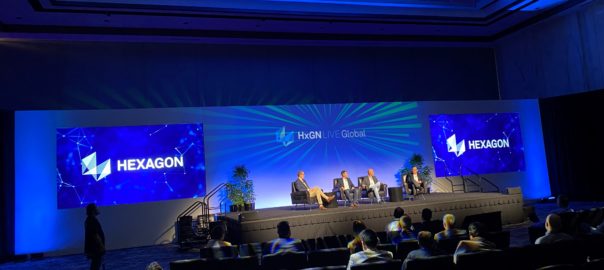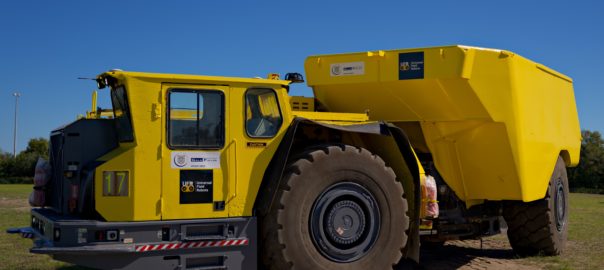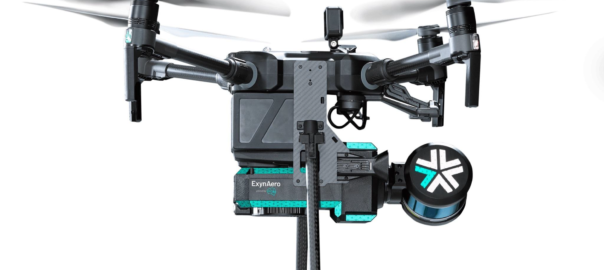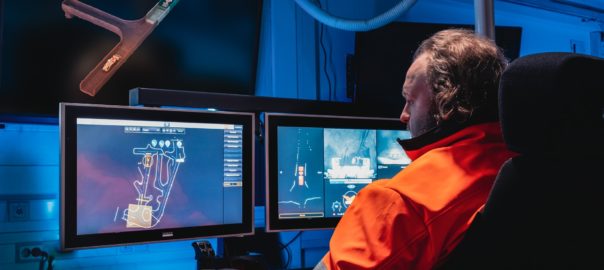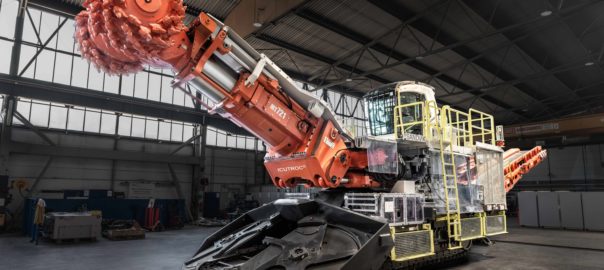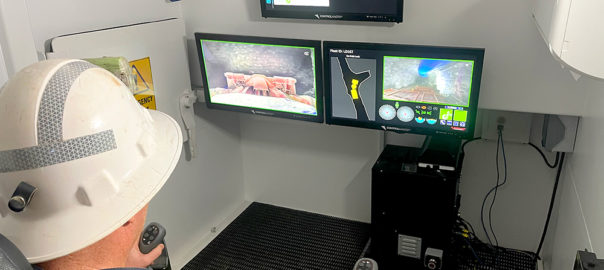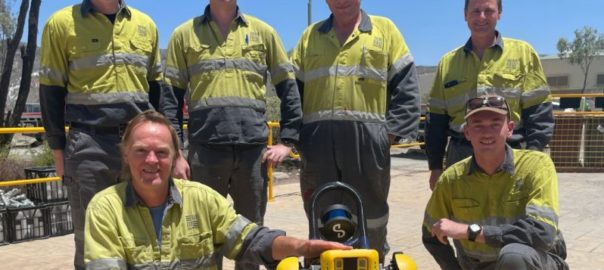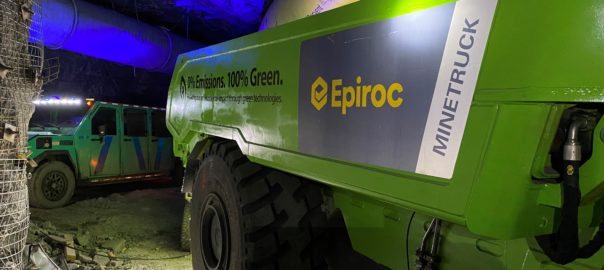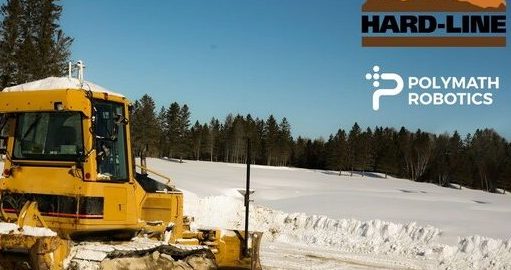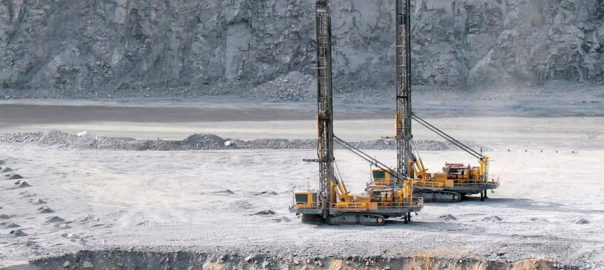Hexagon’s Mining division has enhanced its collaboration with Canada-based tele-remote technology leader HARD-LINE, building on a previous distribution agreement the two companies announced back in September 2021.
HARD-LINE’s TeleOp technology allows the tele-remote operation of heavy machinery from a control station in a safe area on surface or underground, regardless of distance. In addition to safety benefits, there are significant productivity advantages to deploying such technology, utilising the equipment over shift changes in underground mines, for example.
Hexagon’s Mining division’s relationship with this technology was previously made up of a distribution agreement. Now, TeleOp is being incorporated into the wider automation offering that comes under the recently announced HxGN Autonomous Mining portfolio.
Speaking last week at HxGN LIVE Global 2023 in Las Vegas, Rob Daw, Chief Innovation Officer at Hexagon’s Mining division, said: “We are strengthening that partnership with HARD-LINE to enhance what the tele-remote solution can do and bring it together into the wider autonomy offering we have within Hexagon’s Mining division.”
HARD-LINE says it has developed “by-wire solutions” for more than 200 equipment models covering several OEMs, with more than 3,000 conversions completed to date.
The closer collaboration between the two companies is already being witnessed in Brazil where Hexagon’s Mining division, HARD-LINE, Scania and Fidens are working on the deployment of teleremote technology at a mine in the country.
Rodrigo Couto, President, LATAM, Hexagon’s Mining division (on the far right), explained: “In Brazil, there is a law dictating that you cannot operate equipment on a manual basis by areas deemed too risky, such as tailings dams, decommissioned & other reclaimed areas. This means tele-remote technology and automation are the only choice to carry out operations.”
Hexagon’s Mining division and HARD-LINE have sold several kits to clients in the country, with one of these kits heading to an operation overseen by Fidens, which has installed a tele-remote kit on a Scania G 500 6×4 Prime Mover.
Couto said: “This is reducing the risk of operators at the tailings operation and also allowing Fidens to operate in areas that, by law, were previously off limits.”







